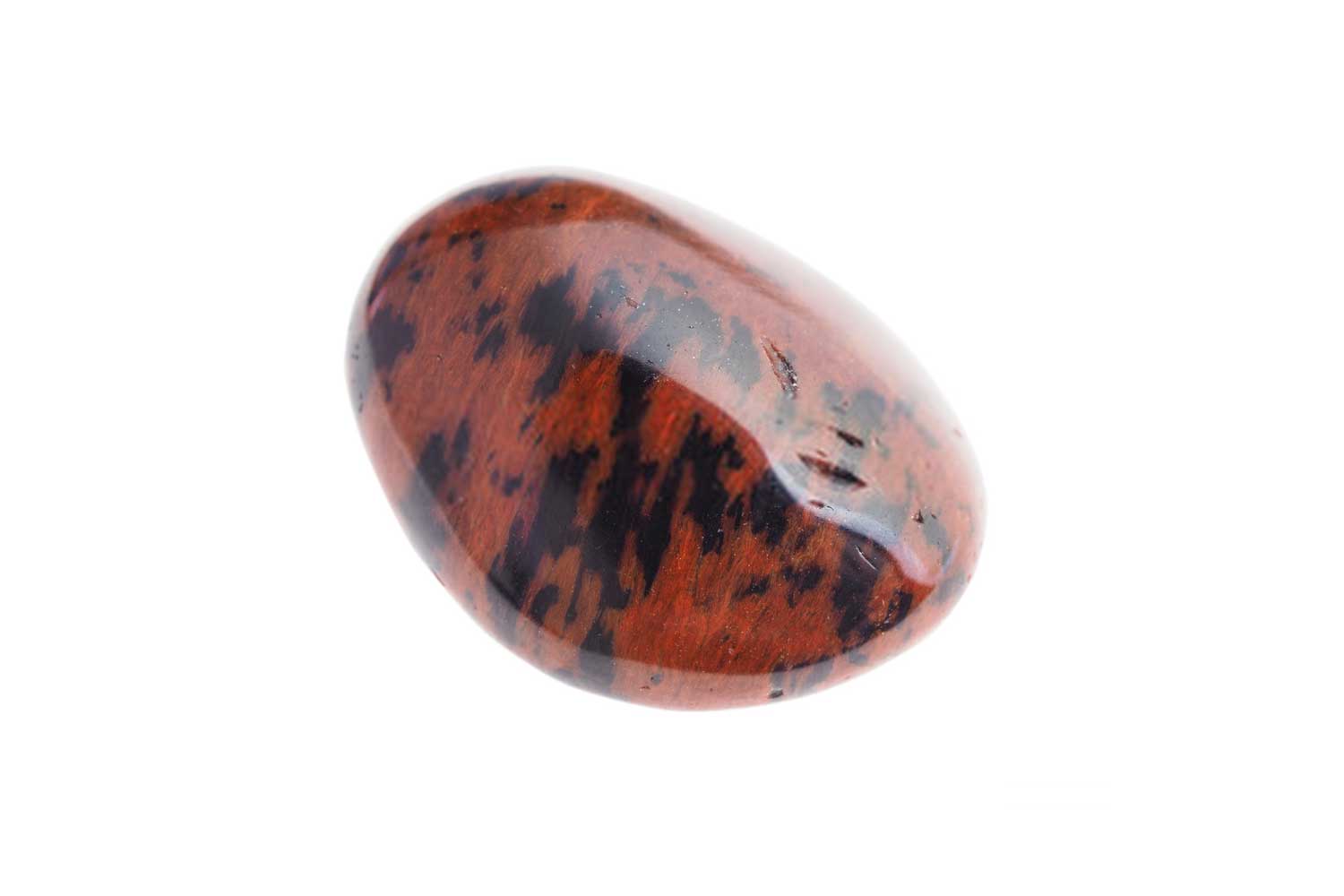


Since Obsidian forms razor-sharp edges when it breaks, primitive tribes used it to create weapons and cutting tools in various shapes and sizes. But the popular extraction sites are found in Brazil, Mexico, Afghanistan, Japan, and the US. Obsidian can be found anywhere where there is volcanic activity. It can also form when lava comes in contact with air or water. It can form along the edges of a lava flow, a volcanic dome, or along a dike. Obsidian is an extrusive rock, meaning it forms when lava comes out of a volcano and solidifies above the Earth's surface. Obsidian is derived from the name Obsuis, a Roman explorer who was believed to have discovered the rock in Ethiopia. Due to its lack of toughness, Obsidian is only suitable for applications where only minimal impact is required (e.g., creating jewelry pieces like brooches, earrings, and pendants). It displays a conchoidal fracture and sharp edges when it breaks. With a Mohs hardness rating of 5 to 6, it is slightly harder than window glass. Obsidian has a glassy luster with a smooth uniform texture. It doesn™t have a crystalline structure and definite chemical composition so it is considered as a mineraloid. Its brown shade bears a semblance of the reddish-brown timber of the Mahogany tree, hence its name. The Physical Properties of Mahogany Obsidianĭubbed as a natural glass, Obsidian is a silica-rich igneous rock that is formed when the viscous lava from a volcano cools at a rapid rate. Read on to find out more about this natural wonder.

It may gleam like a highly polished piece of wooden furniture, but Mahogany Obsidian is every inch a rock. These patterns are caused by its iron inclusions Magnetite and Hematite. Mahogany Obsidian is known for its swirls or mottlings of black and brown.


 0 kommentar(er)
0 kommentar(er)
